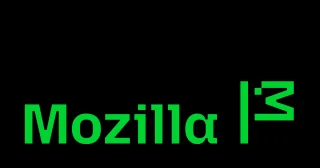Mozilla schließt seinen „Read it later“-Dienst Pocket am 8. Juli, den es 2017 gekauft hat. Zwischenzeitlich hatte Pocket rund 17 Millionen Nutzer*innen. Der Gründer und ehemalige CEO Nate Weiner schreibt auf Threads recht wehmütig:
It’s hard to see this for a number of reasons, but I gotta say: Today it feels harder than ever to find and spend time with quality content on the Internet. At the same time, the technology for understanding content that we could have only dreamed of 10 years ago just exists off the shelf.
This strikes me not as a lack of opportunity, but a lack of vision.
Zustimmung. Anstatt etwas aus diesem Schatz an User-Interessen zu machen, den jede*r Nutzer*in dort individuell gepflegt hat, hat man den Service mit ausbleibender Weiterentwicklung oder gar Innovation zugrunde yahoo’ed™.
2013 war ich als geflüchteter Instapaper-User zunächst selbst jahrelang Pocket-User bin dann aber 2020 (und bis heute) zu GoodLinks gewechselt, das die Links & Artikel lediglich lokal bzw. in der eigenen iCloud sammelt.


